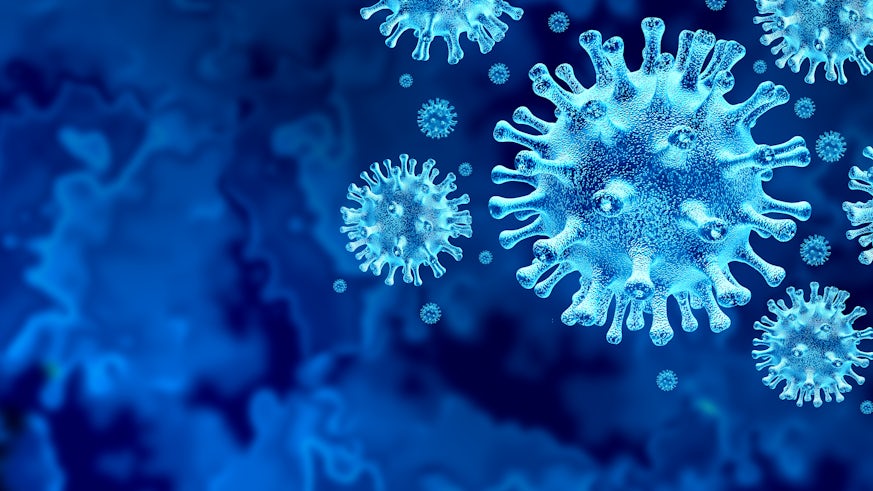Maths playing a significant role in fight against COVID-19 with important new project
9 February 2021

In an important new project, researchers at the School of Mathematics and the University of Oxford are developing mathematical models that assess the transmission of COVID-19 in indoor spaces, and how this is affected by ventilation, masks and antiviral technologies.
The project is funded by the Sêr Cymru COVID-19 grant “Mathematical modelling and smart coatings: fighting the COVID-19 pandemic”, funded by the Welsh government. It has been awarded to Dr Katerina Kaouri, Senior Lecturer at the School of Mathematics, Prof. Ian Griffiths from the University of Oxford’s Mathematical Institute, and Dr Hugo Macedo, CEO of Smart Separations Ltd (SSL). Three postdoctoral researchers have also been recruited at Cardiff to work on the project.
With their mathematical models, the team are studying the transmission of COVID-19 in indoor spaces and investigating critical questions on airborne transmission and transmission through surfaces, focusing on classrooms and healthcare locations.
“Through the models we are trying to answer crucial questions on everyone’s minds these days. What is the Safe Occupancy Time in a room to avoid infection? How long should the breaks be between lectures to allow sufficient decontamination? How much does the transmission risk decrease if we talk less? We have already obtained some answers and have relayed them to the Technical Advisory Group of the Welsh government”, said Dr Kaouri.
“The models can also be customised to any other high-risk location, which is a great advantage of our methodology”, said Prof. Griffiths.
In addition, the models are being extended to quantify the reduction in transmission due to the deployment of a novel antiviral nano-coating technology developed by SSL, which inactivates 99.9% of fungi, bacteria and viruses, including SARS-CoV-2, on contact.
“The antiviral coating can be applied to most surfaces and air filters. Successful deployment of this technology could significantly reduce transmission, allowing safer return to everyday activities. We are very happy to collaborate with modellers who can help us with the strategy for development and deployment of our antiviral products, so we can do our part towards society”, said Dr Macedo.
Share this story
The School is committed to excellent teaching, scholarship and research, and to supporting its students to fulfil their academic potential.

